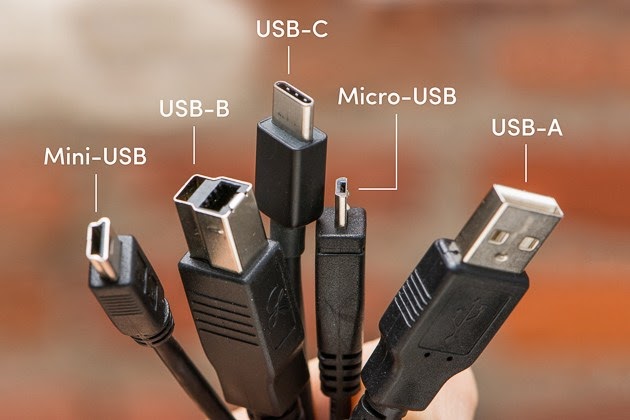Tips and Tricks for Using Your Mac
Powering on your laptop - If your Mac has USB-C ports, it turns on automatically by default. All you need to do is open the lid or to press any key if the lid is already open.
Changing System Settings - What you know from Windows as the Control Panel is called System Preferences on a Mac. Access it via the gear icon on your Dock or the Apple icon in the upper left corner of your screen.
Set up Touch ID - Touch ID allows you to quickly unlock your Mac with just your fingerprint! Set it up via the Touch ID pane in System Preferences. More information on Touch ID go to https://support.apple.com/en-us/HT207054
Quickly find things on your Mac - Clicking on the magnifying glass in the upper right hand corner of your screen or hitting command and space on your keyboard opens Spotlight. Spotlight allows you to find apps, documents, and other files on your Mac. Just start typing!
The Dock - The Dock at the bottom of your screen replaces the Start menu for accessing applications and documents.
- Click once on an icon on the Dock to access it.
- The Dock has sections; the left side holds applications, the middle section shows recently used applications that aren’t already on the left side, and the right side holds documents and folders. (See screenshot below)
- You can add an item to the Dock by dragging the icon on top of the corresponding section and releasing the mouse. Access other common places by going to the “Go” menu after you’ve clicked on your desktop.
Previewing a file - You can take a quick look at most files on your Mac without opening them by clicking on them once and hitting the spacebar. This saves you the time of opening a document if you don’t need to.
Don’t need a file? - The Recycling Bin is the Trash Can. You can delete a file by dragging it on top of the trash can on the far right hand side of the Dock or by selecting it and hitting the Command and Delete keys.

Taking a screenshot - By default, screenshots get saved to your Desktop.
- To take a screenshot of your entire desktop, press and hold these three keys together: Command Shift and 3.
- To take a screenshot of a portion of your desktop, press and hold these three keys together: Shift, Command, and 4. Drag the crosshair to select the area of the screen to capture. Hitting the spacebar will allow you to take a screenshot of a specific window. Click the left mouse button to take the screenshot. To cancel taking the screenshot, press the Esc (Escape) key.
Shortcuts - If you commonly use shortcuts, the command key will replace the control key for the majority of shortcuts you frequently use. Example: to copy text, use Command C (Windows: Control C). A more detailed list of shortcuts can be found here: https://support.apple.com/en-us/HT201236.
Right Click - Click the right hand side of your Apple mouse, or click with two fingers on your trackpad. You can change this (and find some other swiping tricks) in Mouse preferences and Trackpad preferences.
Ports - Macs come with USB-C ports. You will need an adapter to hook up other types of USB cords.
